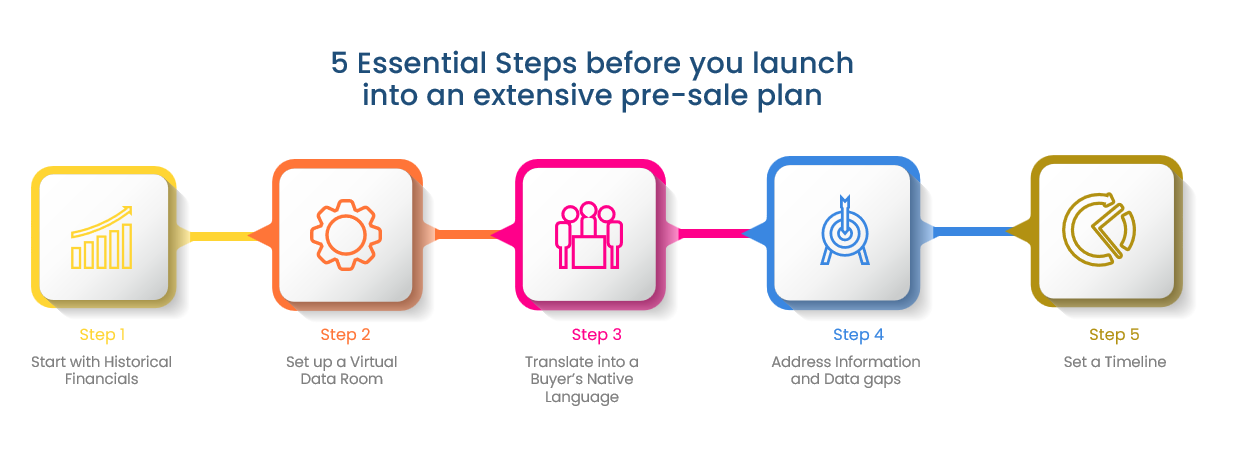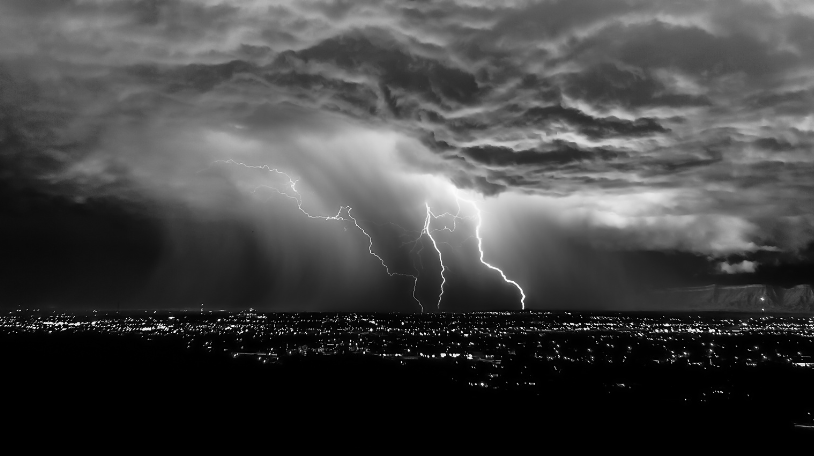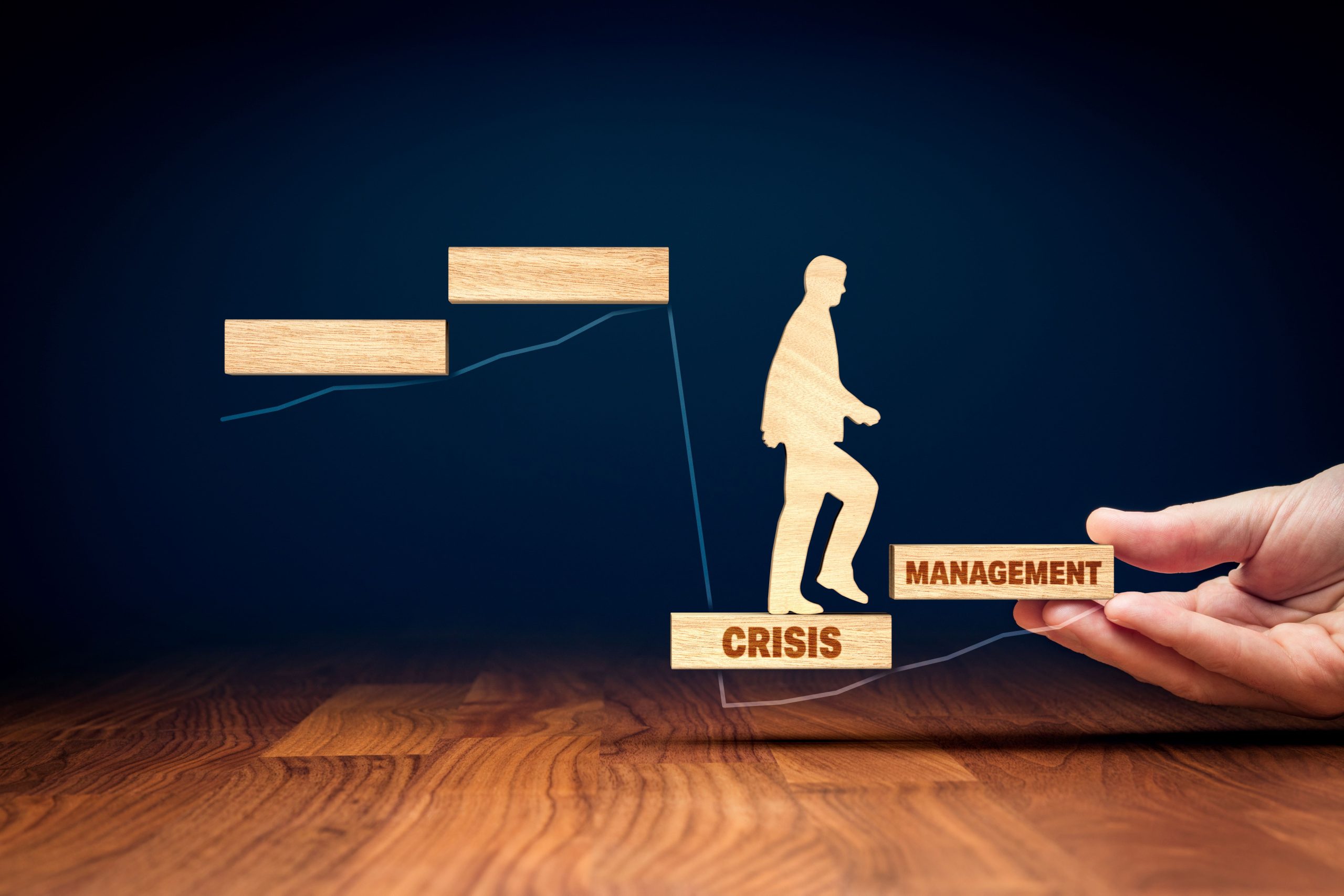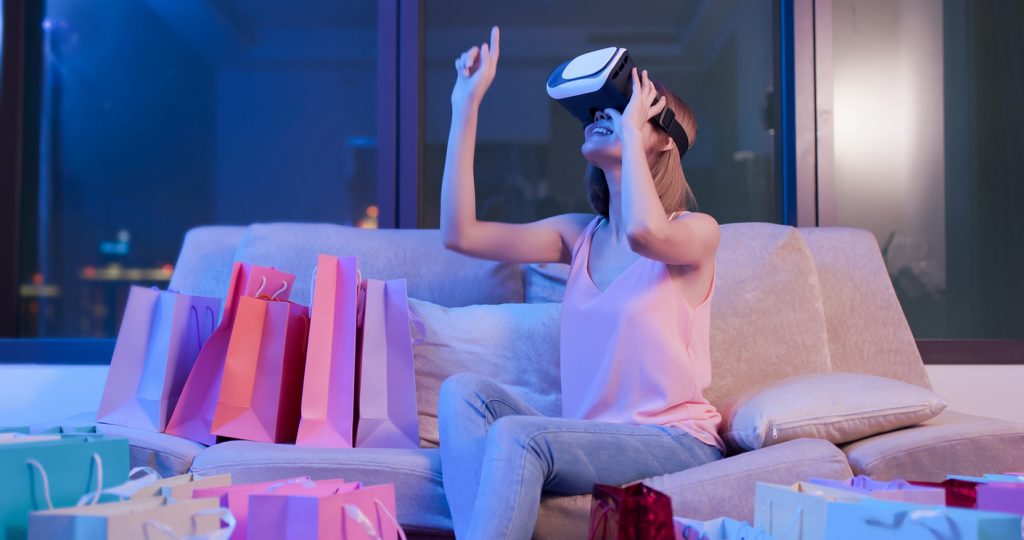
Imagine this: customers effortlessly order products through their smartphones, then stroll into a store to collect their items. They employ Augmented Reality (AR) to virtually test products, engage in witty banter with chatbots before human assistance steps in.
Are they in a digital daydream or a physical escapade?
The truth is, they’re immersed in both, surfing the vibrant waves of the ‘phygital’ experience – an emerging trend that is redefining customer engagement post-pandemic world.
Coined by Chris Weil in 2007, the Chairman-CEO of Momentum Worldwide, ‘phygital’ highlights the inextricable links between our tangible surroundings and the virtual spaces we navigate.
But how did this fusion of “physical” and “digital” come to be? How has it transformed the business landscape? And what does it mean for customer engagement?
The ‘Phygital’ Allure
The year was 2007 when the term “phygital” entered our vocabulary, a synthesis of “physical” and “digital.” Momentum Worldwide, an Australian agency with a flair for the innovative, laid claim to the copyright in 2013 and even integrated it into their motto: “An agency for the Phygital World”.
The essence of ‘phygital’ lies in its ability to synchronize reality with the virtual. It encapsulates strategies that transcend traditional boundaries, offering customers the flexibility to transition between physical and digital engagements effortlessly.
From ordering via smartphones and collecting in-store to leveraging AR for virtual trial runs before making a purchase, ‘phygital’ strategies redefine the art of customer interaction.
The term ‘phygital’ might sound like a millennial invention, but its concept isn’t fresh off the digital press. It’s all about the blend – of tangible and virtual, real and pixel – into a consistent omnichannel platform. Instead of separate strategies, brands are now flaunting a united ‘phygital’ approach, crafting immersive digital adventures irrespective of where their customers choose to engage.
From McDonald’s supercharged in-store kiosks, speeding up orders with a side of personalization, to Target’s delivery acrobatics – drive-up , shipping, and same-day – the ‘phygital’ playbook is diverse. Virtual Reality (VR) and AR bring store showcases to life, while digital self-service handles customer conundrums with ease.
Timeline Explained – ‘Phygital’
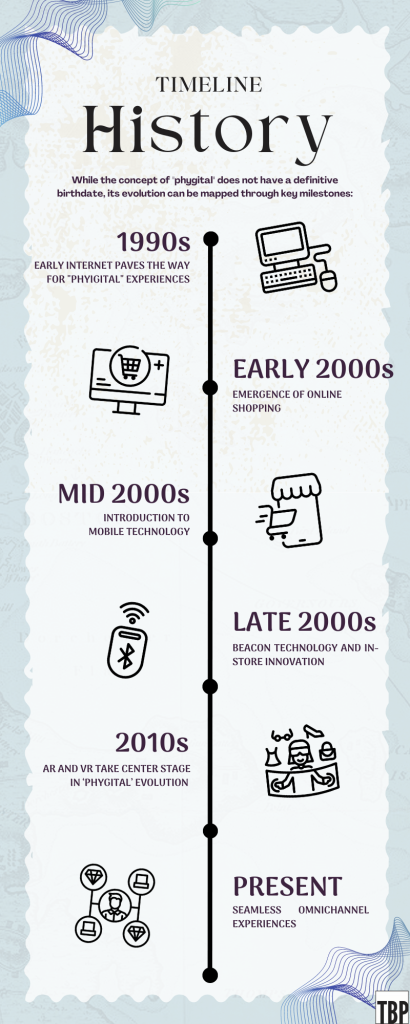
1990s:
- Internet grew accessible to the masses.
- Companies start experimenting with online retail.
Early 2000s:
- Online shopping becomes mainstream.
- Retailers improve online shopping experience with interactive elements.
Mid-2000s:
- Smartphones gain popularity, enhancing connectivity.
- Mobile apps become popular, connecting physical and digital experiences.
Late 2000s:
- Beacon technology emerges for location-based messages and offers to nearby smartphones.
- Initial experiments with AR and VR technologies begin.
2010s:
- “Phygital” gains traction in marketing and technology discussions.
- Retailers use beacon technology to create personalized experiences.
- AR and VR enhance customer engagement.
- Businesses focus on seamless multichannel experiences.
Present:
- Phygital experiences evolve with technology.
- COVID-19 accelerates digital adoption in physical spaces, such as contactless payments and virtual consultations.
The ‘Phygital’ Future – Yay or Nay?
As a business leader, the decision to embrace the ‘phygital’ trend is pivotal. Reflect on your industry, your audience’s preferences, and the experiences you wish to craft. If your customers crave seamless interactions and are tech-savvy, diving into ‘phygital’ could be your strategic leap.
The future of customer engagement lies in mastering this art – providing a cohesive experience that caters to diverse preferences.
As businesses begin to go ‘phygital’, the divide between physical and digital interactions will continue to blur. The lines will fade, giving rise to a new era where customers dictate the terms of engagement.
The journey toward a ‘phygital’ future underscores the necessity for brands to break all the traditional norms and deliver experiences that are as dynamic as the customers themselves.
The ‘phygital’ revolution is more than just a trend. By embracing the convergence of physical and digital, brands can forge deeper connections, foster loyalty, and exceed customer expectations.
In this era of possibilities, the power of ‘phygital’ lies in its ability to create a unified journey that seamlessly integrates the tangible and the virtual, delivering what customers truly desire: choice.

